About IOWA’s Onewheel Ranking System
IOWA has created a mathematically-based onewheel rider ranking system. The IOWA onewheel ranking system was designed to create a fair and unbiased ranking of the top competitive onewheel racers. The algorithm was designed with the following goals in mind:
- Neutrality: rankings should be mathematically calculated based on real-world results
- Merit: reward riders who consistently achieve good results
- Participation: secondarily, reward riders who participate in many events, up to a point (success should not be pay-to-play)
- History: rankings should operate across seasons
- Simplicity: the community should be able to understand how the rankings work
IOWA’s Rankings are based on the well-known Elo rating system. After each race, every participant’s IOWA rank is updated according to the race results.
Top 20 Pro Men 2023
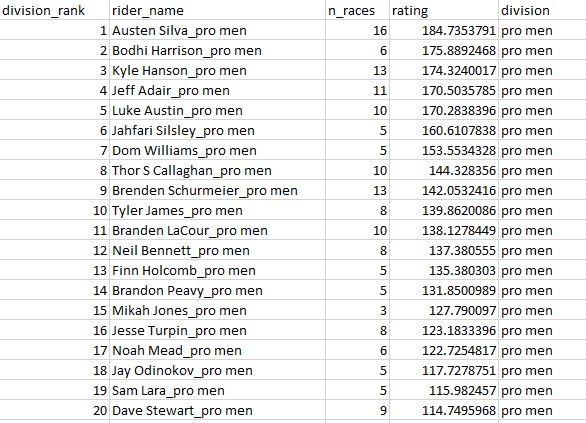
Top 20 Pro Women 2023
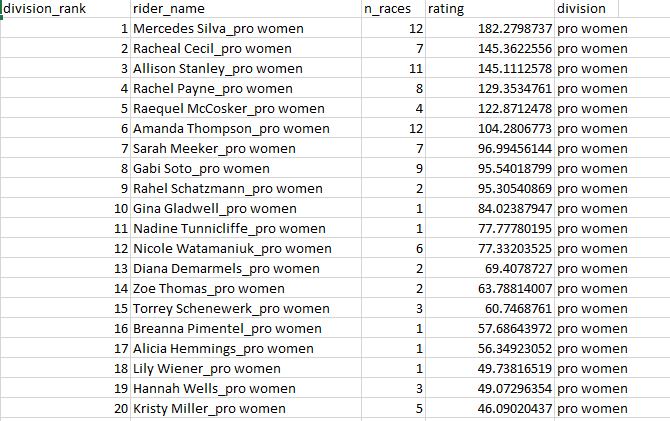
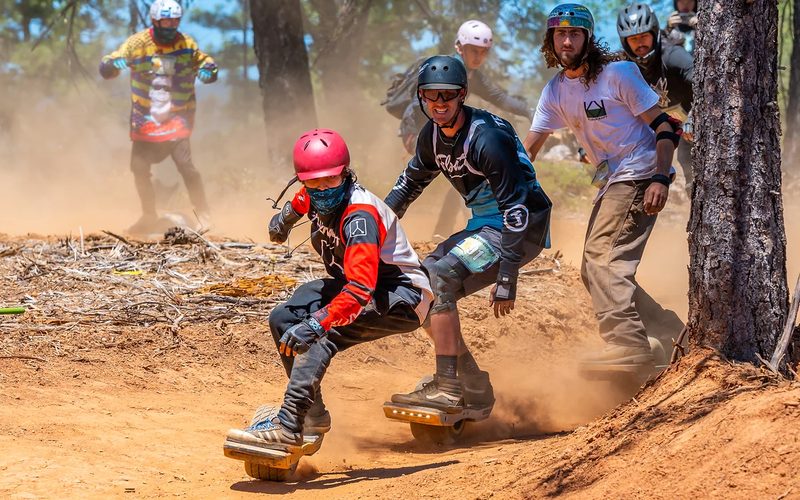
Methodology
Onewheel rankings require a few changes to “standard” Elo methodology. Most notably, standard Elo only works for two-player games. Onewheel races have many participants, so we are using a modified version of Elo that works for multiplayer games. Racers are ranked based on relative ratings, or point scores, compared to other racers in their division. We also implemented some additional features to improve accuracy and make the ratings more applicable to onewheel racing.
How Does the IOWA Onewheel Ranking System Work?
- Everyone starts with a point score value of zero.
- After a race, each participant’s rating or point score increases or decreases according to how many opponents they beat and the Elo ratings of those opponents.
- When a racer’s point score is below 100, it cannot decrease. Once it exceeds 100, it can never fall below 100 again. This feature prevents wild swings in ratings early in a racer’s career.
- Note: Strong racers can achieve a rating over 100 in only a few races. Weaker racers will take longer to reach this threshold.
- Racers do not lose points for losing small races (e.g., coming in 3rd in a 3-person race).
- Time trial results have no effect on point scores.
- Some smoothing is applied to the score values to prevent large swings in ratings and improve accuracy.
Below, we will delve deeper into how the system was created and tuned, as well as addressing a few common questions that came up when we shared the results with pro racers in the community.
How accurate is it?
Our goal was to design a system that reflects reality as closely as possible and provides useful and sensible results. One way to measure the usefulness of a ranking system is to measure how well “calibrated” it is. The math behind the IOWA Onewheel Ranking System allows us to make probabilistic predictions about race results (e.g., “based on their current rank, there is a 75% chance Rider A will beat Rider B”). When a model is well calibrated, the predicted probabilities match the actual frequencies of the observed outcomes.
We measured the calibration of the IOWA Ranking System using all pairwise head-to-head results from race data over the past several years. The results, shown in the chart below, indicate reasonably good calibration, which gives us confidence in the ranking system.
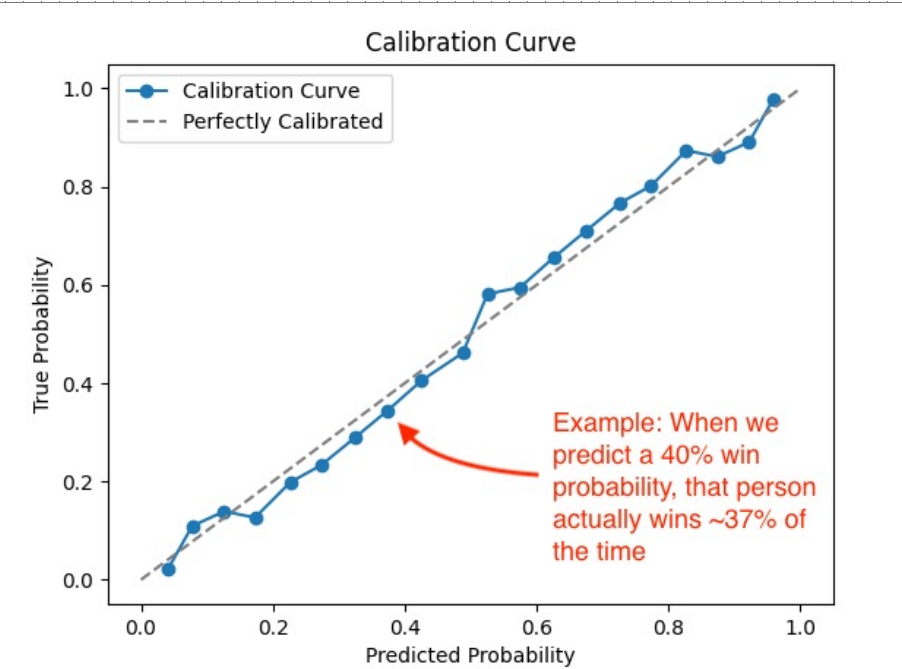
What are the Advantages of our System?
What sets the IOWA onewheel ranking system apart is its level of mathematical and statistical rigor, which results in more accurate rankings. The current alternative is a purely point-based ranking system that relies on basic assumptions and knowledge of the sport to assign a reasonable (but arbitrary) number of points to riders according to their results in each race. The IOWA ranking system has several key advantages over those rankings:
- Changes to rankings are determined mathematically (Elo methodology) rather than with arbitrary point totals.
- Opponent skill levels are taken into account. The system automatically rewards riders who perform well at events with a highly skilled field of competitors.
The underlying methodology is based on probabilistic predictions, which allows for objective and transparent evaluation of the system’s accuracy. Other rankings typically present their rankings as-is, without a way to objectively evaluate their accuracy.
Scorekeeping Across Seasons
The IOWA Ranking system rewards racers who have consistently achieved good results over a long period of time by calculating current scores in the context of historical performance. This gives a more holistic view of a rider’s true skill over time. However, point scores do not stay exactly the same from season to season. Before each new season, all ratings above 100 are automatically decreased towards 100. This feature was implemented for the following reasons:
- It gives newer riders a more equitable chance at success.
- It discourages veterans from sitting out races to preserve high scores.
- It reflects the reality that skill may degrade after gaps between races.
Race times Vs. Relative Score
IOWA Rankings only take into account the final ranking (1st place, 2nd place, and so on) of each race; in other words, where did the rider place relative to other riders in their division?
Race times do not matter. It does not matter if a rider wins by one second or one minute. This decision was made for two reasons:
- Timing data is not available for all races, especially older races.
- Race times are not meaningful in all race formats. For example, times may not be comparable across multiple heats in the same event.
We may revisit race times in a future version of the ranking system.
Onewheel Racing Divisions
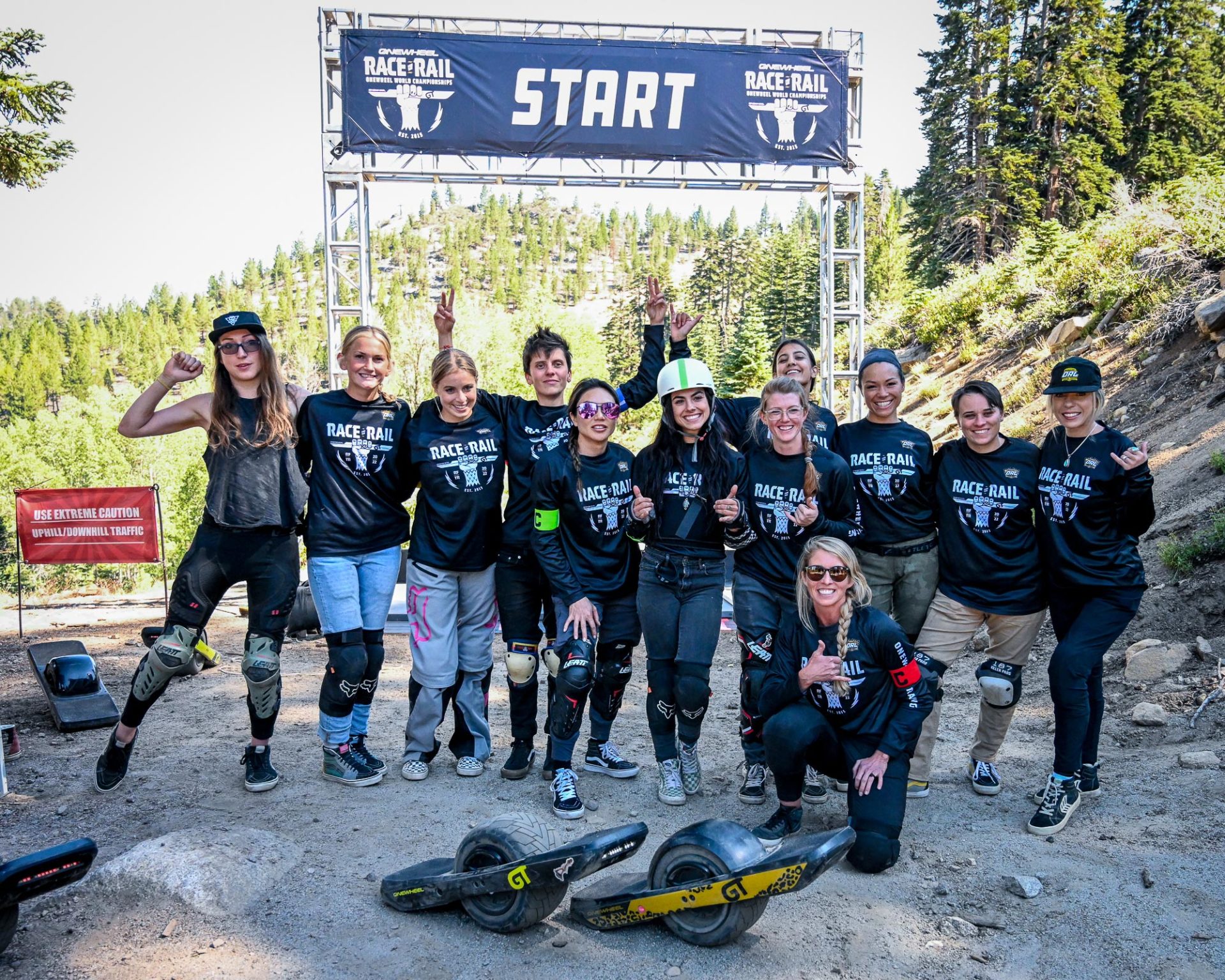
Onewheel races are split by divisions (Pro Men, Pro Women, Amateur Men, Amateur Women, Clydesdales, etc.). The IOWA Rankings maintain separate rankings for each division. In each race, riders are only compared against other riders in the same division.
The benefit of this approach is that riders are compared against their peers, and riders of all skill levels can have something to strive for. It also makes it harder to game the system, for example, by participating in large events with many amateurs to artificially inflate one’s score in the pro division. However, there are a few notable consequences of calculating separate rankings by division:
- Point score values are not directly comparable across divisions. For example, a rider with a rating of 100 in the Pro Men division does not necessarily have the same skill level as a rider with a rating of 100 in the Amateur Men division (or the Pro Women division).
- If you move to a new division (for example, Amateur Men to Pro Men), your rating starts at zero in the new division.
- Lack of standardization in divisions can present challenges when trying to calculate a rider’s true score if they participate in multiple categories. For example, the same rider (let’s say he’s 43 years old) may race in the Legends category at an event where the age cutoff for this division is 40, but race Amateur at another event where the cutoff for Legends is 50.
To address this final point, IOWA proposes the adoption of standard divisions across all onewheel competitions. As the sport grows and ridership reaches critical mass in more niche categories, these divisions can become more granular, for example by separating groms, teens, legends, and Clydesdales by gender. We propose the following standard racing categories for adoption by the community:
| Groms | 13 and under |
| Teens | 14-17 |
| Amateur Men | 18-44 |
| Amateur Women | 18-44 |
| Pro Men | elective |
| Pro Women | elective |
| Legends | 45+ |
| Clydesdale | 215+ lbs |
Why Elo?
An Elo rating system calculates scores to represent the relative skill of players. An Elo rating, or point score, represents an estimate of a player’s skill level at a particular point in time. Each time a player participates in an event, their Elo rating or score increases or decreases depending on the result and their opponent’s rating. Over a long enough period of time, a player’s Elo rating will stabilize around their true skill level.
Without going into the math, here is an overview of how Elo ratings work:
- Every player starts out with the same point score value.
- After a game, the winner’s point score increases and the loser’s score decreases.
- Beating a strong opponent causes a greater score increase than beating a weaker opponent. Similarly, losing to a weak opponent causes a greater decrease.
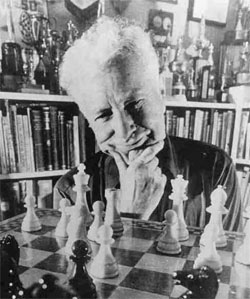
Fun Fact
The rating system is named after its inventor, Arpad Elo, who used it for professional chess ratings. It’s not an acronym, which is a common misconception. It’s Elo, not ELO!
